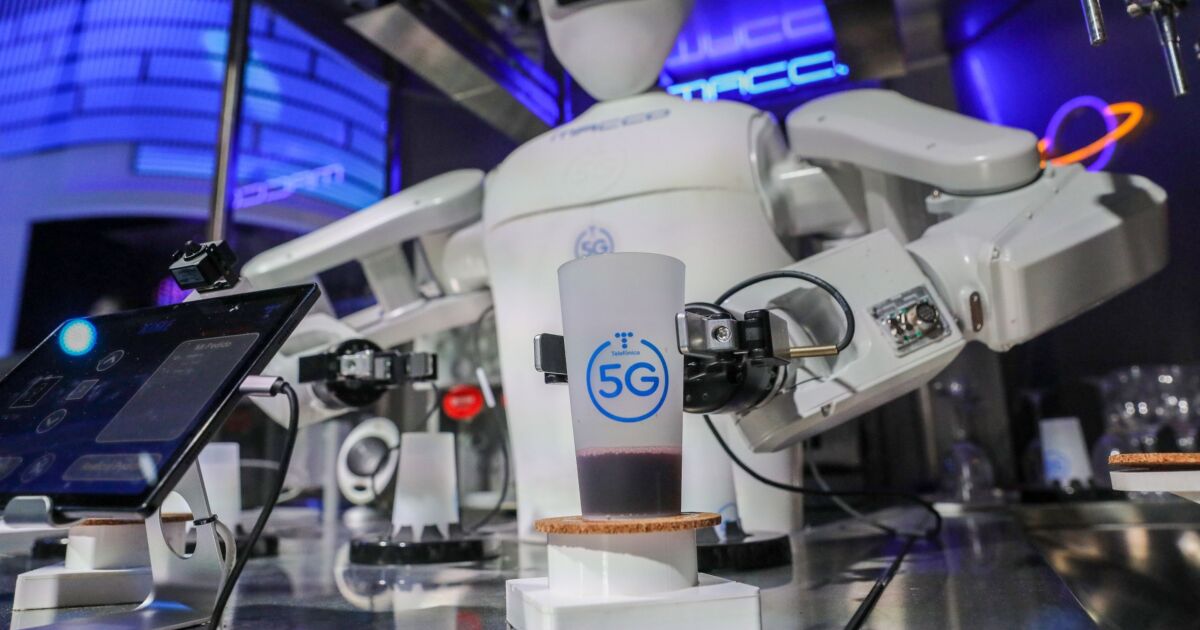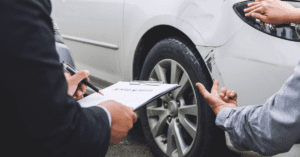Who's afraid of the 3G phaseout?

As part of their efforts to protect freight and ensure safety, the trucking industry uses sophisticated technology, as insurtech startups, insurance carriers and industry professionals have said. A lot of this technology, such as GPS monitoring of drivers’ speeds, depends on mobile communication networks. In another realm, mobile communication networks are also used for stationary technology like sensors for home security and damage due to the elements.
So what happens to all of these complex tech safeguards when the march of progress upgrades mobile networks from 3G to 4G to 5G? The increasing sophistication of each generation of mobile networks eventually leaves the old technology in the dust. Over the course of 2022, major cellular carriers, one by one, shut down their 3G networks – AT&T in February, T-Mobile in March, and the former Sprint network now owned by T-Mobile in June. On December 31, Verizon plans to shut down its 3G network.
John Canali, principal analyst, Omdia
“The average consumer probably doesn’t even know much about network sunsetting,” says John Canali, principal analyst at Omdia. “The renewal cycle for a mobile phone is two or two and a half years. Most people don’t really need to think about being tied to a legacy technology, the way they are with a connected car, which could be on the road for 10 or 15 years. Or even an insurance dongle [a telematics tracking device for auto insurers] that they may assume is connected via Bluetooth.”
While many of the affected technologies have found ways to upgrade and avoid having their capabilities go dead, there are still some laggards and gaps. In the trucking industry, as old vehicles were retired and new ones began service, mobile technology upgrades came along with the new equipment, observes Michele Pelino, principal analyst at Forrester Research. Telematics monitoring devices for passenger vehicles are easier to upgrade because they aren’t woven into the bodies of the vehicles, she adds.
However, other passenger vehicle technologies using mobile connectivity may not be so modular. Bill Menezes, director analyst at Gartner, says Nissan Leaf cars had 3G capability that could not be updated, and its mobile network connectivity did serve as an Internet of Things endpoint that insurance companies could use to monitor driving distances and collisions.

Bill Menezes, director advisor, Gartner
“Then it simply wouldn’t work after the shutdown,” he says. “You’d either have to find a different module that could be installed as a workaround that included 4G connectivity, or do without until the customer updated to a later model car that had 4G connectivity.”
This would be expensive and work-intensive for just a single vehicle, Menezes observes, but for fleets with dozens or hundreds of vehicles (especially for trucking freight), “suddenly it’s a pretty big undertaking,” he says. However, most providers of apps dependent on mobile connectivity did have a long lead time, knowing that 3G was “going to be end of life at a certain point even if they didn’t have a certain date,” Menezes adds.
Similarly, for applications like home security where sensors and systems may use mobile technology to communicate, the provider should be updating its equipment, Pelino notes. However, that may not be completely foolproof for reasons beyond the security provider’s control.
“ADT made a lot of use of wireless connectivity for security panels, instead of worrying about land lines being cut,” recalls Menezes. “They were scrambling a lot at the very end to get more of these swapped out either because customers hadn’t responded or they couldn’t get their hands on enough of the hardware to make the change.”
ADT converted its 3G technology to LTE, which is a halfway point between 3G and 4G and not quite as advanced as 4G. At this point, according to Steven Lawson, senior director of operations programs for 3G at ADT, the company “has converted nearly all of its customers’ systems which use 3G/CDMA radios,” he said in a written statement. ADT offered two different solutions to update its systems and their connections to monitoring centers. First, a do-it-yourself update in the form of a CellBridge device for LTE conversion, or second, a professional update by an ADT technician, according to Lawson.
However, according to Canali of Omdia, LTE modems and data rates for their use are more expensive. “Insurers that are looking to differentiate their insurance offerings based on product, instead of price, could tie in a dongle with LTE connectivity to a wi-fi hotspot,” he says.
Out of all the previously mentioned technology functions, the one with the biggest issues due to the 3G phaseout may be direct communication with policyholders through smartphone apps, especially for older customers.

Michele Pelino, principal analyst, Forrester Research
“Retirees who don’t really pay attention to this don’t update their phones every 12 to 18 months,” says Pelino. “The cycle that we use generally is much faster. There aren’t that many 3G phones out there, but the ones that might be out there are going to impact certain segments of the population.”
In a written response, John Hancock Life Insurance said the 3G phaseout doesn’t necessarily hinder its communications with older policyholders. “We have multiple ways for customers to get information and complete transactions, primarily through our online help center,” the company stated. “We also know that about 25% of our callers, likely representing the older population, still use landlines and therefore won’t be impacted by the 3G phaseout.”
The 3G phaseout is still hitting hard for public safety, however, as medical alert devices and fire alarms also may be relying on 3G connectivity, according to Tammy Parker, principal analyst for global telecom consumer services at GlobalData. For instance, Teller County, Colorado, with a population just over 24,000, is already encountering issues with emergency services due to the phaseout and has been lobbying Verizon for a solution.
Another wrinkle in the 3G phaseout for any kind of electronic monitoring devices, whether medical alert devices, home security systems or anything with its own hardware, is that they may not be a direct consumer of 3G through a carrier – just using the network, notes Titus M, a senior analyst at Everest Group. “The telecom providers conveniently said, this is not a direct consumer of 3G and hence doesn’t fall under their purview,” he says. “For these alarm systems, there are at least 10 million customers who are still 3G based as well as some personal emergency response systems or elderly. They’re also still 3G-based and the adoption has been pretty slow.”




